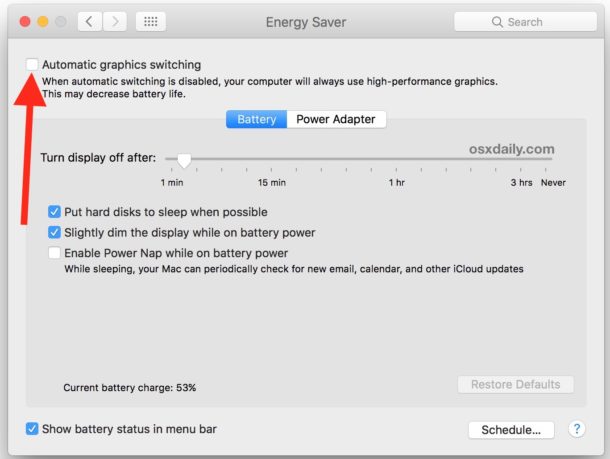

- MID 2012 MACBOOK PRO WINDOWS 10 SOUND MAC OSX
- MID 2012 MACBOOK PRO WINDOWS 10 SOUND INSTALL
- MID 2012 MACBOOK PRO WINDOWS 10 SOUND DRIVERS
- MID 2012 MACBOOK PRO WINDOWS 10 SOUND UPDATE
- MID 2012 MACBOOK PRO WINDOWS 10 SOUND DRIVER
Create an updated dsdt.aml file from the update DSDT.DSL file (using the commands): Method (_CRS, 0, Serialized) // _CRS: Current Resource Settingsħ. QWordMemory (ResourceProducer, PosDecode, MinFixed, MaxFixed, Cacheable, ReadWrite,Ġx0000000C20000000, // Range Minimum, set it to 48.5GBĠx0000000E0FFFFFFF, // Range Maximum, set it to 56.25GBĠx0000000000000000, // Translation OffsetĠx00000001F0000000, // Length calculated by Range Max - Range Min. (NOTE: the lines starting with “QWordMemory” to the line ending with ” TypeStatic)” are the lines introduced into the DSDT.DSL file) DWordMemory (ResourceProducer, PosDecode, MinFixed, MaxFixed, Cacheable, ReadWrite, Under the last DWordMemory entry in that area, typically above the _CRS method, add a ‘QWordMemory’ (64-bit) entry as shown in red below.

Beneath it will be a series of “DWordMemory” resource entries. … With Notepad++, open the resultant c:\dsdt\dsdt.dsl file and search for ResourceProducer. See (iii) under section “OPTION 1: Use the Intel method” i.e.: Edit the DSL as described and add the QWordMemory section (I used the “Intel method” as recommended in the egpu.io guide). Copy the DSDT.DSL into the c:\dsdt folderĦ. If not exist c:\dsdt\asl.exe echo ERROR: Failed to copy asl.exe to c:\dsdtĥ. Set 32bit_OS_asl=”C:\Program Files (x86)\Windows Kits\10\Tools\x86\ACPIVerify\asl.exe”Ĭopy /y %32bit_OS_asl% c:\dsdt > nul & copy /y %64bit_OS_asl% c:\dsdt > nul Set 64bit_OS_asl=”C:\Program Files (x86)\Windows Kits\10\Tools\圆4\ACPIVerify\asl.exe” Do this by opening Command Prompt (run as administrator) and then copy-and-paste the commands below: mkdir c:\dsdt

Copy WDK’s ASL compiler into the c:\dsdt directory.
MID 2012 MACBOOK PRO WINDOWS 10 SOUND DRIVER
MID 2012 MACBOOK PRO WINDOWS 10 SOUND MAC OSX
MID 2012 MACBOOK PRO WINDOWS 10 SOUND DRIVERS
In Windows, I installed the BootCamp Drivers (The BootCamp Assistant should have copied it to the USB for you, otherwise download them from the Apple website).I chose to reformat the partition I had created in Mac OSX for Windows in the installation wizard. I installed Windows from the prepared USB (press Option key when booting and select the EFIboot – it should have a USB icon).(4) You may want to re-enable SIP (boot while holding Command+R to get into OSX Recovery, start Terminal from the Utilities menu, run “crsutil enable”, restart the MAC. (3) run gdisk again and check the output that the partition scheme is now listed as GPT with protected MR quit gdisk
MID 2012 MACBOOK PRO WINDOWS 10 SOUND INSTALL
(2) download gdisk and install gdisk ( ), determine your disk device name (e.g., from Disk Utilities), update the partition by running gdisk against the disk, selecting x for advanced, type n, then type w to write, Y to accept changes. (1) disabling SIP – boot the MAC while holding down command+R to get to OSX Recovery, start Terminal from the Utilities menu, run “crsutil disable”, restart the MAC.


 0 kommentar(er)
0 kommentar(er)
